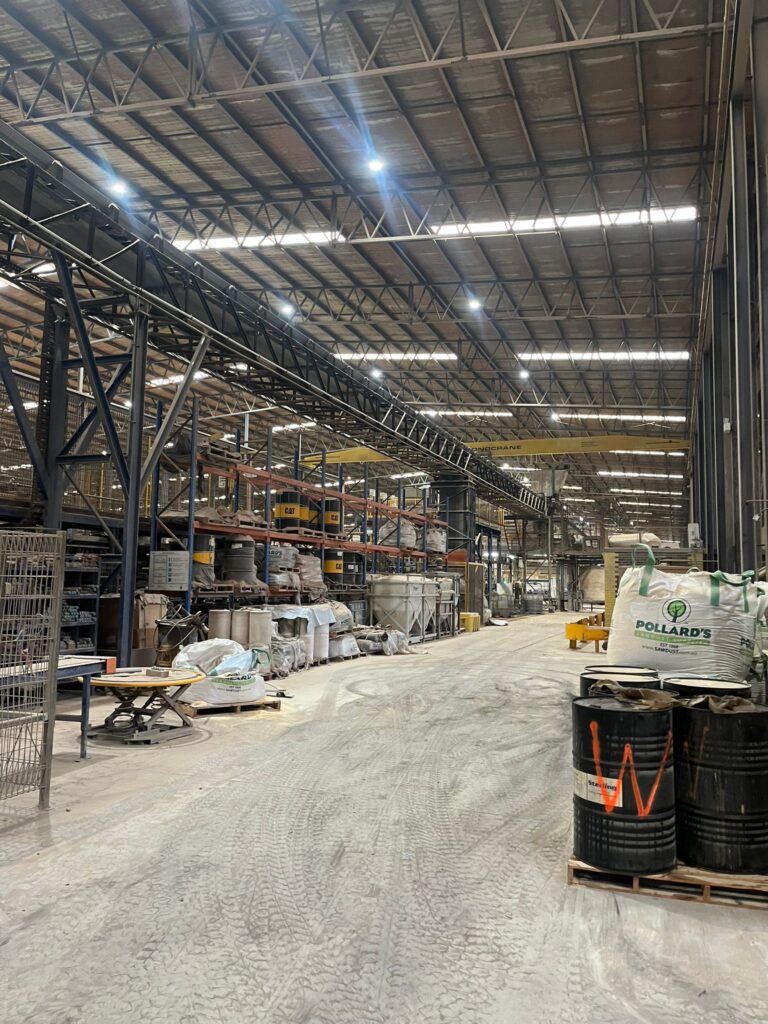Having a winning idea unfortunately doesn’t guarantee successful results. Our ideas come from wanting to change and improve something. Yet, change is difficult.
The 70-percent rule is the idea that 70% of the effort involved in making an initiative successful, lies in change management. This theory feels particularly apt in the context of successfully adopting and embedding AI and the need for organisations to develop intelligent supply chains.
A recent study by Gartner and HBR estimates that 85% of AI projects currently fail before or after deployment. This may deter businesses looking to invest in this area, given that the odds of success and therefore payback are low. However, what if the secret to success lies in nailing the 70-percent rule?
With experience embedding AI applications in organisations, particularly for soft process automation, there are common themes that appear in effective change management, as the secret ingredients to success.
- Business process mapping
When assessing a soft process and exploring opportunities for automation, a typical approach starts with mapping current processes and identifying points of failure or bottlenecks. In this initial step, it’s key to pinpoint and officially document the actual process including any workarounds, as opposed to the theoretical process. Engaging with end users, ensures the existing processes are reflected accurately and the reasons why workarounds exist are understood. This highlights where there are opportunities to reduce risk and generate efficiencies, creating a target state and desired process. Bringing together different key stakeholders for this exercise at the beginning, ensures there is a common understanding of the as-is and alignment on the target state.
Furthermore, defining what needs to change in business processes surrounding the application, is key for change to be successful. For example, if a purchase order was previously generated from manually keying-in information, the automation of this process may require user validation. Trust will inevitably develop over time, which will allow the business to consider adding more complexity or broadening the scope.
- Stakeholder management and communication
How does this work? Helping others to understand the application and how it might benefit them, will encourage interaction and adoption, particularly if it directly impacts processes in their area. Yet, the organisation-wide effort involved in adopting AI, may expose skills gaps and potentially incur resistance and so understanding the level of organisational maturity in skills and data practices, will help to tailor communication.
Communication is a two-way process and feedback from users is important to improve knowledge, design and usability. AI-enabled chatbots are a good example of this in-practice, using prompts to retrieve information. The user learns about their level of accuracy in a prompt, if the information retrieved answers their query. Whilst the chatbot learns about how the user asks for and retrieves information to improve sorting and retrieval in the future.
Generative AI is developing and evolving faster than general knowledge and understanding. Establishing governance and ensuring that measures are put-in-place to handle data, with consideration for information privacy, sensitivity and security are key and should be communicated clearly to the whole business, regardless of whether the application impacts their functional area or not.
- On-going iterations
Change is iterative over time. As people begin to adopt an application as part of a new business process, there will be feedback and suggestions for improvement. Capturing and actioning these points is key to ensuring users stay engaged, as well as iterating the application for the future. If the experience of using the application doesn’t evolve to meet user needs, ultimately, they will become frustrated and disengaged, which will hamper adoption. Without successful adoption, there is a risk that duplicate processes could operate in parallel, which only adds overheads and room for error. For example, two separate users following different processes for the creation of purchase orders, would result in incurring additional spend.
An application also needs long-term ownership to continue to be successful. A trusted RACI ensures roles for support, use and improvement are defined. As the business evolves, it is paramount that any changes in business processes are accounted for to ensure the application evolves too.
- Training & documentation
AI applications are intended to help users, automating mundane tasks to solve problems quickly, repeatedly and accurately. Users still need to draw on their functional expertise but also need to build confidence in interacting with AI. Developing knowledge helps to grow confidence and an initial step in this cycle is providing documentation on how the application is intended to function and how users engage with it.
Documentation should include business processes, troubleshooting and support as well as an overview of the application’s design. This should be accessible and up to date as change occurs in business processes, roles and responsibilities or features of the application. Setting small challenges or even competitions may encourage uptake and meaningful use of AI within an organisation. AI-enabled chatbots are again another user and business friendly option, to ask questions and retrieve relevant information quickly, whilst practicing interaction and building confidence.
Conclusion
The inability to enact change risks thwarting innovation and growth. The use of generative AI in areas such as soft process automation and knowledge retrieval provide valuable opportunities to eliminate inefficiencies and overcome single points of failure in key business operating procedures. Using a structured methodology and focusing on key change principles provides the opportunity for businesses to experiment, learn and evolve. These practices are scalable and help an organisation to keep up with innovation and change.
At IRIS by Argon & Co. we are supporting businesses in identifying opportunities for the use of AI to optimise operations and deploying these solutions to take steps towards developing an intelligent supply chain. Our deep functional expertise, technical knowledge and experience in transformation and, data and AI provide the support needed for meaningful change and successful adoption of value-driven AI applications.
Author: Rachel Noll







